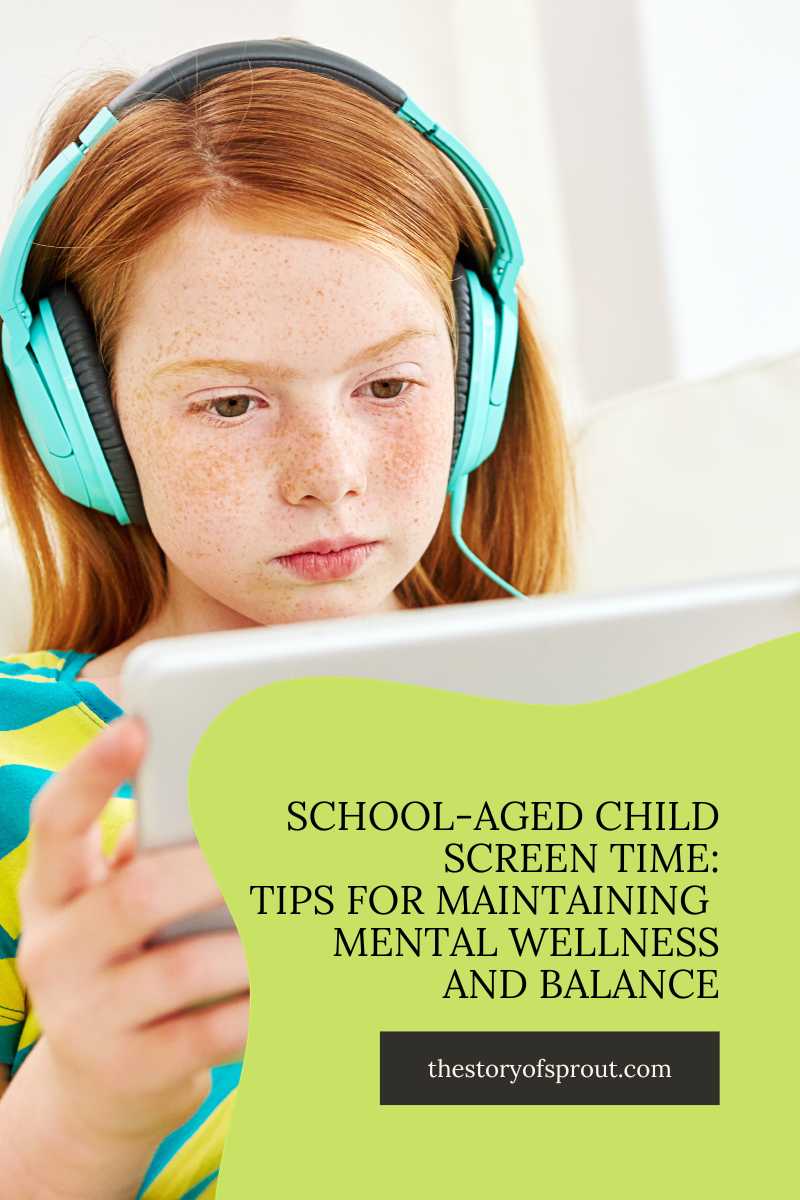
School-Aged Child Screen Time: Tips for Maintaining Mental Wellness and Balance
|
|
Time to read 5 min
|
|
Time to read 5 min
In the swiftly advancing digital era, the presence of screens has seamlessly woven into the fabric of children's daily routines. Whether utilized for education, amusement, or social connections, screen time have undeniably become omnipresent. Despite the manifold advantages technology brings, an overindulgence in screen time can pose challenges to the mental well-being of school-aged children. The imperative lies in finding a harmonious equilibrium to safeguard their overall mental wellness.
As screens serve as both educational tools and sources of entertainment, it's crucial to recognize the fine line between beneficial engagement and excessive consumption. Educational apps and interactive programs can enhance cognitive skills and foster a love for learning, but prolonged exposure may lead to digital fatigue and heightened stress levels. Similarly, while online socializing can contribute positively to a child's social development, an overdose of virtual interactions might compromise real-world connections. Striking the right balance is not just about limiting screen time but also about encouraging a diverse range of activities that promote physical, mental, and social well-being. In this digital landscape, it's essential for parents and caregivers to proactively shape a holistic environment that nurtures a child's mental wellness amidst the omnipresence of screens.
Excessive screen time can impede cognitive development in children. It may affect their ability to focus, concentrate, and solve problems. Encourage activities that stimulate their minds offline, fostering creativity and critical thinking.
Prolonged exposure to screen time, especially before bedtime, can disrupt sleep patterns. Sleep is crucial for a child's mental health, affecting mood, attention, and overall emotional well-being. Establish a screen-free routine before bedtime to promote restful sleep.
While screen time facilitate virtual connections, excessive reliance on them may hinder face-to-face social interactions. Encourage your child to engage in real-world activities, fostering social skills and emotional intelligence.
Create a realistic daily screen time limit for your child. This includes time spent on devices for both educational and recreational purposes. Be consistent in enforcing these limits to instill a sense of discipline.
Balance screen time with outdoor activities. Physical exercise not only contributes to a child's overall health but also helps in reducing stress and anxiety. Consider family outings or sports that promote both physical and mental well-being.
Designate specific areas in your home, such as the dining room or bedrooms, as tech-free zones. This encourages your child to disconnect and focus on other activities, fostering a healthier relationship with screens.
Engage in conversations about the content your child consumes during their screen time. Discuss the importance of discerning between credible and harmful information, promoting digital literacy and critical thinking skills.
Children often learn by example. Demonstrate a healthy balance between screen time and offline activities by setting a positive example. This can influence your child's behavior and attitudes toward technology.
Keep an open line of communication regarding your child's online interactions. Be aware of their digital friendships and guide them on maintaining healthy relationships, ensuring they feel comfortable discussing any concerns or challenges they may encounter.
If you notice persistent changes in your child's behavior, mood, or sleep patterns, consider seeking professional guidance. A mental health professional can provide valuable insights and strategies to address any potential concerns related to screen time and its impact on your child's well-being.
By proactively addressing screen time and mental wellness, parents can play a pivotal role in fostering a healthy balance in their child's life, promoting overall mental well-being and resilience in an increasingly digital world.
Encourage your child to engage in activities that promote mindfulness while engaging in screen time. This could include educational games, creative apps, or activities that require focus and attention. Teaching them to be intentional about their screen use can contribute to a healthier relationship with technology.
Instill a sense of responsibility in your child regarding their digital footprint. Teach them about the importance of respecting privacy, practicing kindness online, and understanding the potential impact of their actions in the digital realm.
Acknowledge that technology is an integral part of the educational landscape. Work with your child's school to understand how technology is integrated into the curriculum and collaborate on strategies to ensure a balanced approach to screen time both in and outside the classroom.
Understand that each child is unique, and their interests may differ. Some may thrive with interactive educational apps, while others may prefer outdoor activities. Tailor screen time guidelines based on your child's individual needs and interests.
Foster a well-rounded development by supporting your child in discovering and cultivating hobbies and passions. This could range from art and music to sports and reading, providing alternative avenues for expression and growth.
As your child grows, their needs and interests will evolve. Regularly assess their screen time habits and adjust guidelines accordingly. This adaptive approach ensures that your child's relationship with technology remains aligned with their developmental stage.
Designate specific times for family activities that are screen time-free. This could include meals, game nights, or outdoor adventures. Creating opportunities for quality family time reinforces the importance of real-world connections.
Provide avenues for your child to express their thoughts and emotions. This could be through journaling, art, or open conversations. Understanding their feelings can help identify any stressors related to screen time and address them effectively.
Acknowledge and celebrate your child's accomplishments and milestones that extend beyond the digital realm. This reinforces the idea that success and fulfillment come from a variety of experiences, promoting a balanced and positive outlook on life.
In navigating the intersection of screen time and mental wellness for school-aged children, it's crucial to strike a balance that recognizes the benefits of technology while prioritizing holistic development. By fostering open communication, setting boundaries, and nurturing a supportive environment, parents can empower their children to navigate the digital world with mindfulness and resilience, promoting a healthy and well-rounded approach to life.
